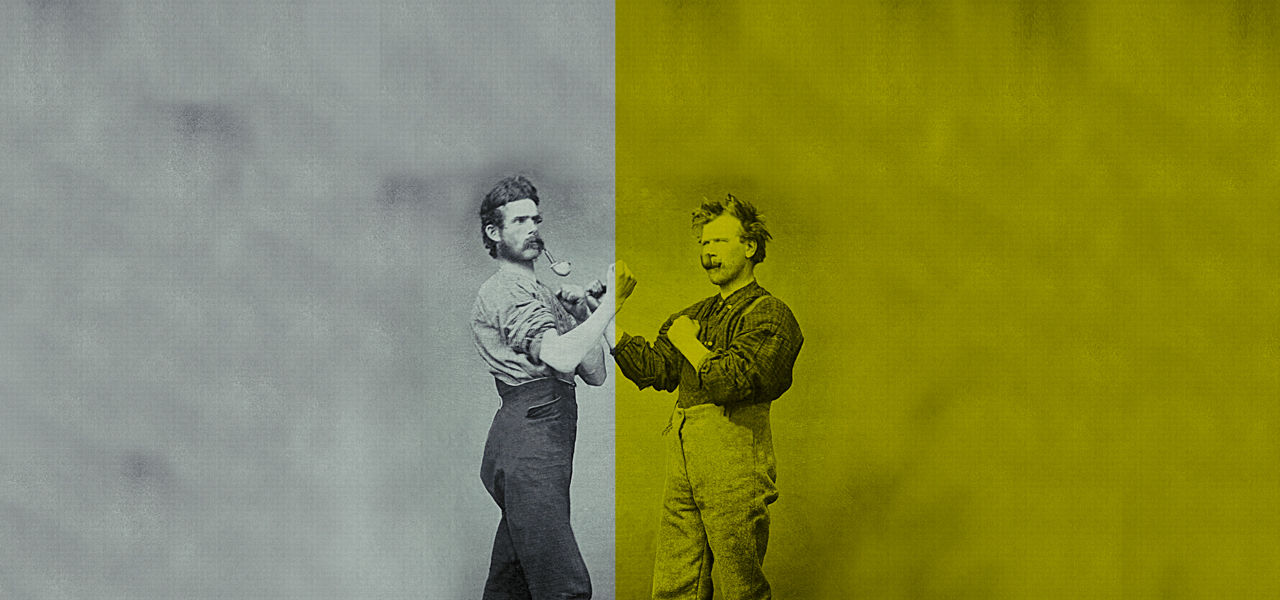
DICK HEBDIGE - Born 1951 in UK. Hebdige received his M.A. from the Centre for Contemporary Cultural Studies in Birmingham, United Kingdom. He is best known for his influential book in subcultural studies, Subculture: The Meaning of Style, originally published in 1979. He has been teaching in art schools since the mid-1970s. Having served as the Dean of Critical Studies and the Director of the experimental writing program at the California Institute of the Arts before going to the University of California, Santa Barbara, where he is currently a professor of film and media studies and art.
Hebdige's 1979 book Subculture: The Meaning of Style builds on earlier work at Birmingham on youth subcultures. But whereas much of this research was concerned with the relation between subcultures and social class in postwar Britain, Hebdige saw youth cultures in terms of a dialogue between Black and white youth. He argues that punk emerged as a mainly white style when Black youth became more separatist in the 1970s in response to discrimination in British society. Whereas previous research described ahomology between the different aspects of a subcultural style (dress, hairstyle, music, drugs), Hebdige argues that punk in London in 1976-77 borrowed from all previous subcultures and its only homology was chaos. In making this argument he was drawing on the early work of Julia Kristeva who also found such subversion of meaning in French poets such as Mallarmé and Lautréamont.
Hebdidge also wrote Cut 'n' Mix: Culture, Identity and Caribbean Music (1987) on Caribbean music and identity, and Hiding in the Light: On Images and Things (1988) a book of essays that includes some further thoughts about punk.
In 2008 he contributed a chapter to Sound Unbound: Sampling Digital Music and Culture edited by Paul D. Miller a.k.a. DJ Spooky.[1]

-
Hegemony - can convey multiple and contradictory ideas
-
Co-opted taken away from your control.
-
Punk bands sold their rights to initially get contracts for reord deals.
-
Dominant alternatives res...and energery
-
Whose interests are being served? 1st step to analyze ideaology of a cutlure.
-
Essentially serves the ruling class.
-
Hegemony exposes that. How does it go through persasion?
-
We beomce complicant if we buy into cominant view.
-
Helps to understand interaction between rerlatively autonomouse spheres.
-
Culture - aesthetic
-
The best that has been thought or said
-
A particular way of life - shifts to more speciic historical creitera
-
Cultural studio
-
Raymond Williams - Richard Hogart - initial of popular culture
-
Credits Barthes with linguistic vocabulary.
-
To a whole way of life.
-
Ideaology set upon us from ruling class. It had to be challenged.
-
Pierce Machery - Theory of Literary Production - criticism constructs what it is trying to analyze. We don't think of the text as the last word.
-
Governs the writing of the work and the reading not as a fixed product, whose meaning is clear
-
Culture is a synonym for super sturcture.
-
The function of edeology is to obscure us from our ______
-
Social strucutre - family, church, shcool
-
Internalize ideaologies due to social sturcutre
-
Granic spent consent of the mass of the __ of that leading social group. Super strucutre constant dialouge